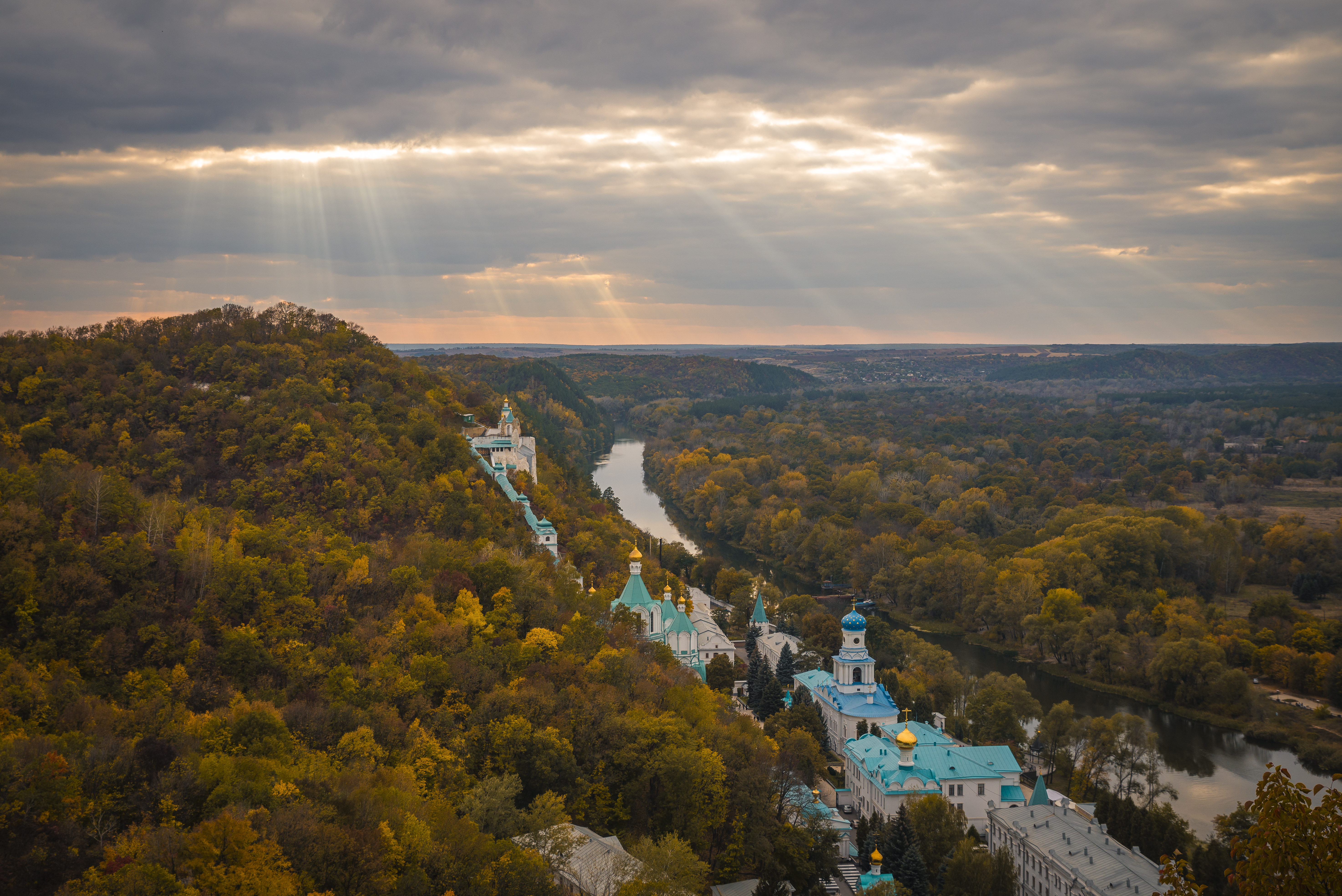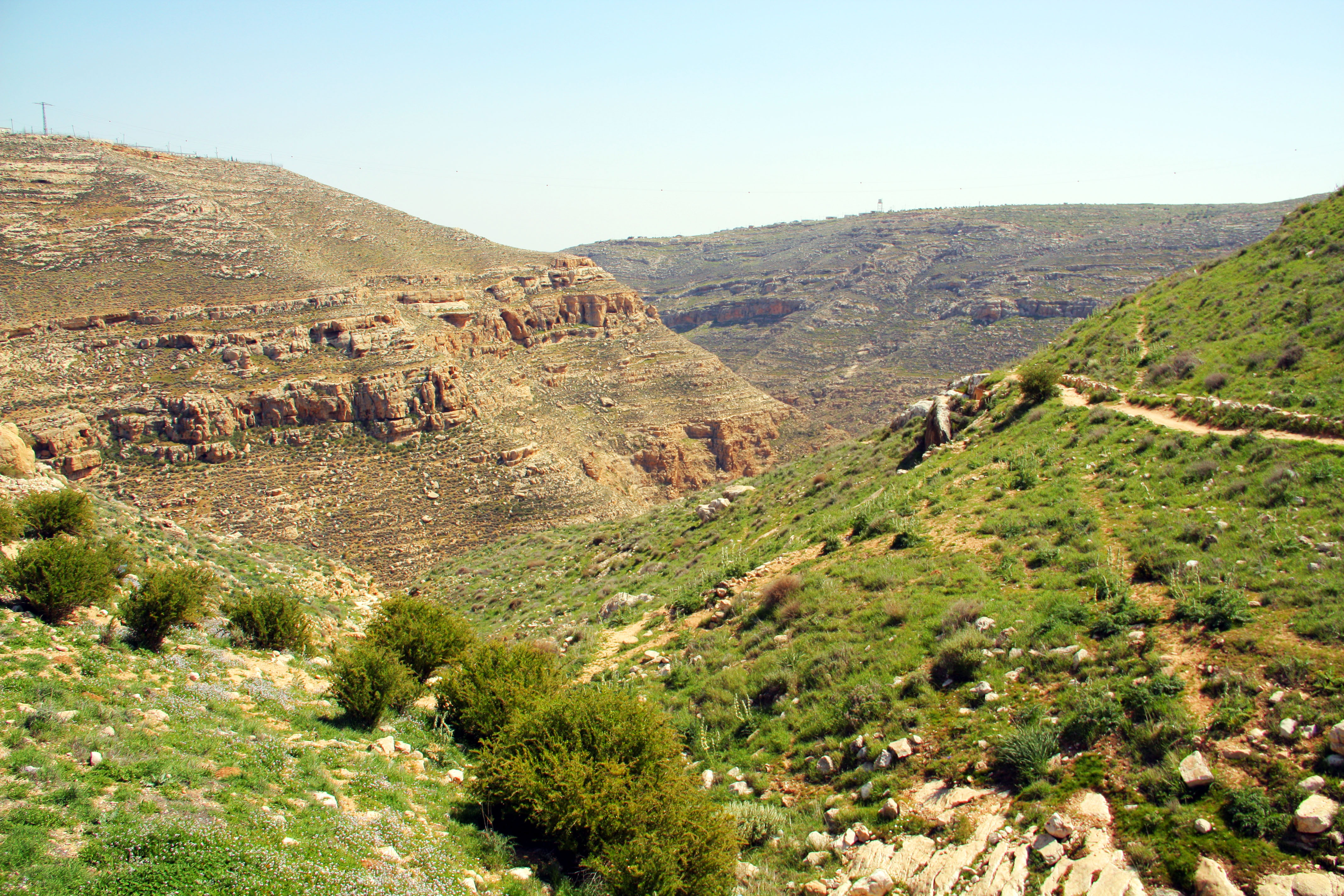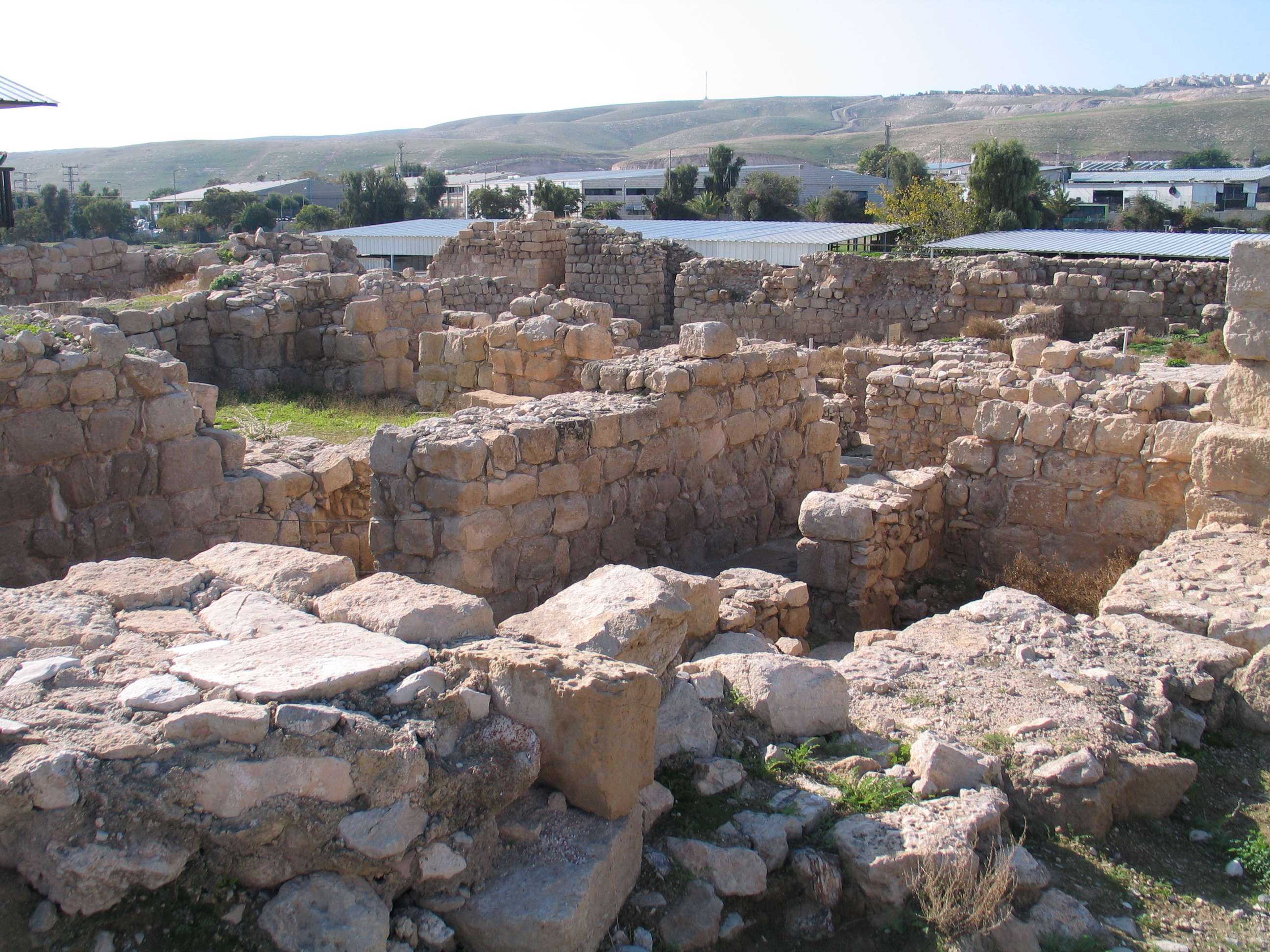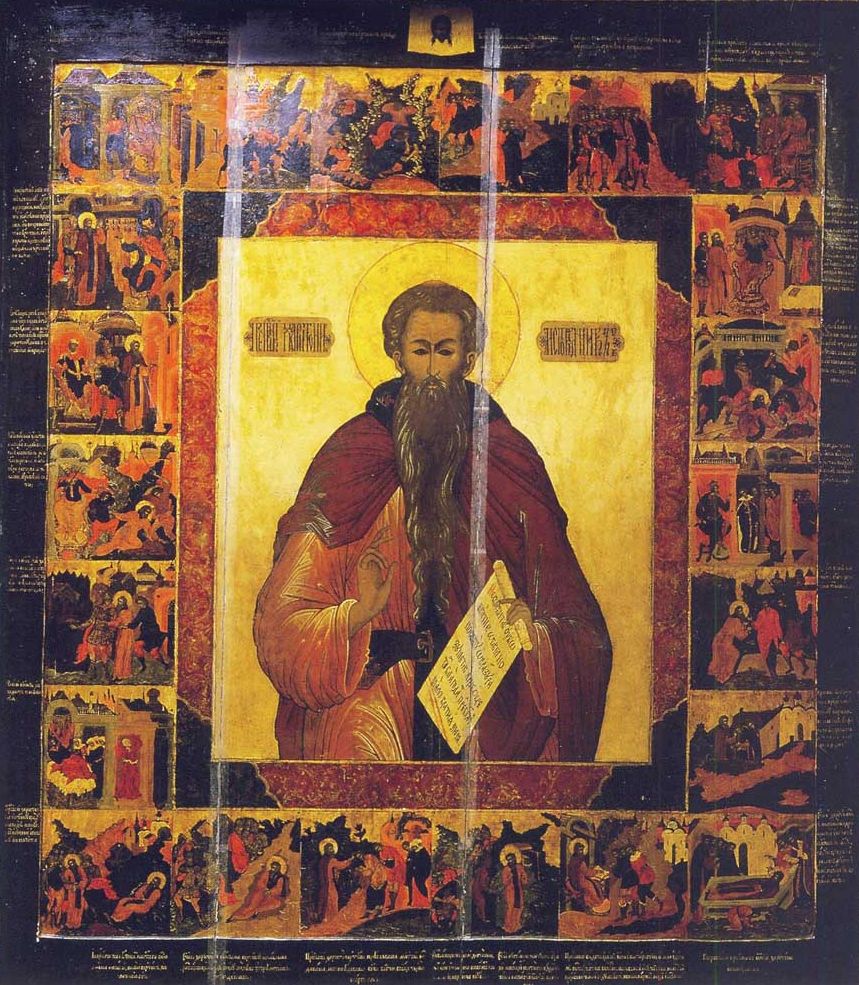|
Lavra
A lavra or laura ( el, Λαύρα; Cyrillic: Ла́вра) is a type of monastery consisting of a cluster of cells or caves for hermits, with a church and sometimes a refectory at the center. It is erected within the Orthodox and other Eastern Christian traditions. The term is also used by some Roman Catholic communities. The term in Greek initially meant a narrow lane or an alley in a city.. History Byzantine laura/lavra From the fifth century the Greek term ''laura'' could refer specifically to the semi-eremitical monastic settlements of the Judaean Desert, where lauras were very numerous. The first lauras of Palestine were founded by Chariton the Confessor (born 3rd century, died ca. 350): the Laura of Pharan (now Wadi Qelt) northeast of Jerusalem, the Laura of Douka on the Mount of Temptation west of Jericho, and Souka Laura or Old Laura in the area of Tuqu' in Wadi Khureitun. Saint Euthymius the Great (377–473) founded one of the early lauras in fifth-century Palestine. The ... [...More Info...] [...Related Items...] OR: [Wikipedia] [Google] [Baidu] |
Great Lavra
The Monastery of Great Lavra ( el, Μονή Μεγίστης Λαύρας) is the first monastery built on Mount Athos. It is located on the southeastern foot of the Mount at an elevation of . The founding of the monastery in AD 963 by Athanasius the Athonite marks the beginning of the organized monastic life at Mount Athos. At the location of the monastery, there was one of the ancient cities of the Athos peninsula, perhaps Akrothooi, from which the sarcophagi of the monastery that are in the oil storage house come. The history of the monastery is the most complete compared to the history of the other monasteries, because its historical archives were preserved almost intact. It is possible that the study of these archives may contribute to the completion of the knowledge of the history of other monasteries, whose archives were partially or completely lost. Founding The founder of Great Lavra, Athanasius, began the construction of the buildings in 963, according to the will of hi ... [...More Info...] [...Related Items...] OR: [Wikipedia] [Google] [Baidu] |
Athanasius The Athonite
Athanasius the Athonite (c. 920 – c. 1003; el, Ἀθανάσιος ὁ Ἀθωνίτης), was a Byzantine monk who is considered the founder of the monastic community on the peninsula of Mount Athos; which has since evolved into the greatest centre of Eastern Orthodox monasticism.Donald Nicol, Βιογραφικό Λεξικό της Βυζαντινής Αυτοκρατορίας,μτφρ.Ευγένιος Πιερρής, εκδ.Ελληνική Ευρωεκοδοτική, Αθήνα, 1993, σελ.38 Biography His parents were from Antioch. He was born in Trebizond and patronized by Michael Maleinos, he studied at Constantinople and became famous there as Abraham, a fervent preacher who held great authority with Michael's nephew, Nicephoros Phocas. By the time Phocas ascended the imperial throne, Abraham, ill at ease with the lax morals of the monks living in the capital, changed his name to Athanasios and joined the monks at Mount Kyminas in Bithynia. In 958, he reloc ... [...More Info...] [...Related Items...] OR: [Wikipedia] [Google] [Baidu] |
Sabbas The Sanctified
SabasPatrich (1995). (439–532), in Church parlance Saint Sabas or Sabbas the Sanctified ( el, Σάββας ο Ηγιασμένος), was a Cappadocian Greek monk, priest and saint, who was born in Cappadocia and lived mainly in Palaestina Prima. He was the founder of several convents, most notably the one known as Mar Saba. The saint's name is derived from arc, סַבָּא ''Sabbāʾ'' "old man". Life Early life St Sabbas was born the son of John, a military commander, and Sophia, at Moutalaske near Caesarea of Cappadocia. The name of the village has no known meaning in Greek, but the Aramaic "Mata la zkha" translates as "Village of Victory". Journeying to Alexandria on military matters, his parents left their five-year-old son in the care of an uncle. When the boy reached eight years of age, he entered the nearby monastery of Bishop Flavian of Antioch. The gifted child quickly learned to read and became an expert on the Holy Scriptures. Sabbas resisted his parents' pressu ... [...More Info...] [...Related Items...] OR: [Wikipedia] [Google] [Baidu] |
Wadi Khureitun
Wadi Khureitun or Nahal Tekoa is a wadi in a deep ravine in the Judaean Desert in the West Bank, west of the Dead Sea, springing near Tekoa. Name The Hebrew name, Nahal Tekoa ("Tekoa Stream"), and the English name used in some Christian contexts, Tekoa Valley, is derived from the ancient Judahite town of Tekoa. The Arabic name, Wadi Khureitun, comes from the early Christian hermit, Saint Chariton the Confessor, who founded his third lavra in this valley. Description, history, archaeology A hiking path on the west of the wadi passes a number of prehistoric caves on its way south to the Chariton Monastery ruins. The archaeological Stone Age (Mesolithic and Neolithic) site of El Khiam is located in this area. Saint Chariton the Confessor (end of 3rd century-ca. 350) founded here the Lavra of Souka, later called the Old Lavra, and today popularly known as the Chariton Monastery. Existing karstic caves from the chalk stone of the wadi were expanded and used as hermit abodes by m ... [...More Info...] [...Related Items...] OR: [Wikipedia] [Google] [Baidu] |
Mar Saba
The Holy Lavra of Saint Sabbas, known in Arabic and Syriac as Mar Saba ( syr, ܕܝܪܐ ܕܡܪܝ ܣܒܐ, ar, دير مار سابا; he, מנזר מר סבא; el, Ἱερὰ Λαύρα τοῦ Ὁσίου Σάββα τοῦ Ἡγιασμένου) and historically as the Great Laura of Saint Sabas, is a Greek Orthodox monastery overlooking the Kidron Valley in the Bethlehem Governorate of Palestine, in the West Bank, at a point halfway between Bethlehem and the Dead Sea. The monks of Mar Saba and those of subsidiary houses are known as Sabaites. Mar Saba is considered to be one of the oldest continuously inhabited monasteries in the world, and it maintains many of its ancient traditions. One in particular is the restriction on women entering the main compound. The only building that women can enter is the Women's Tower, near the main entrance. History Byzantine period The monastery was founded by Sabbas the Sanctified in 483, on the eastern side of the Kidron Valley, where ... [...More Info...] [...Related Items...] OR: [Wikipedia] [Google] [Baidu] |
Euthymius The Great
Euthymius the Great (377 – 20 January 473) was an abbot in Palestine. He is venerated in both Roman Catholic and Eastern Orthodox Churches. Euthymius' ''vita'' was written by Cyril of Skythopolis, who describes him as the founder of several monasteries in the Judaean desert, while remaining a solitary monk in the tradition of Egyptian monasticism. He nevertheless played a decisive role in helping the decisions of the Council of Chalcedon (451) prevail in Jerusalem, in spite of the majority of the monks in the region opposing it. Life Euthymius was born in Melitene in Lesser Armenia, in a pious family of noble birth. According to Christian tradition, his parents, Paul and Dionysia, had prayed for a son at the church of Saint Polyeuctus in Melitene. When the child was born, they named him ''Euthymius'', meaning "good cheer". Euthymius was educated by Bishop Otreius of Melitene, who afterwards ordained him and placed him in charge of all the monasteries in the Diocese of Me ... [...More Info...] [...Related Items...] OR: [Wikipedia] [Google] [Baidu] |
Chariton The Confessor
Chariton the Confessor (Greek: Χαρίτων; mid-3rd century, Iconium, Asia Minor – c. 350, Judaean desert) was a Christian saint. His remembrance day is September 28. Life Sources We know about his ''vita'' from the 6th-century "Life of Chariton", written by an anonymous monk, which holds elements supported by modern archaeological excavations. Early life Chariton was a native of Iconium in the Byzantine province of Lycaonia. Under the reign of Emperor Aurelian (270-275) he was tortured and came close to become a martyr during a persecution against Christians. Released from prison after Aurelian's death, he regretted not having died as a martyr. Pharan near Jerusalem After his release in 275, during a pilgrimage to Jerusalem and other holy places, Chariton was abducted by bandits and brought to a cave in the Pharan Valley (upper Wadi Qelt). The traditional account states that his abductors died by drinking wine that was poisoned by a snake. Chariton decided to remain a he ... [...More Info...] [...Related Items...] OR: [Wikipedia] [Google] [Baidu] |
Refectory
A refectory (also frater, frater house, fratery) is a dining room, especially in monasteries, boarding schools and academic institutions. One of the places the term is most often used today is in graduate seminaries. The name derives from the Latin ''reficere'' "to remake or restore," via Late Latin ''refectorium'', which means "a place one goes to be restored" (''cf.'' "restaurant"). Refectories and monastic culture Communal meals are the times when all monks of an institution are together. Diet and eating habits differ somewhat by monastic order, and more widely by schedule. The Benedictine rule is illustrative. The Rule of St Benedict orders two meals. Dinner is provided year-round; supper is also served from late spring to early fall, except for Wednesdays and Fridays. The diet originally consisted of simple fare: two dishes, with fruit as a third course if available. The food was simple, with the meat of mammals forbidden to all but the sick. Moderation in all aspects of ... [...More Info...] [...Related Items...] OR: [Wikipedia] [Google] [Baidu] |
Cenobium
Cenobitic (or coenobitic) monasticism is a monastic tradition that stresses community life. Often in the West the community belongs to a religious order, and the life of the cenobitic monk is regulated by a religious rule, a collection of precepts. The older style of monasticism, to live as a hermit, is called eremitic. A third form of monasticism, found primarily in Eastern Christianity, is the skete. The English words "cenobite" and "cenobitic" are derived, via Latin, from the Greek words ''koinos'' (κοινός), "common", and ''bios'' (βίος), "life". The adjective can also be cenobiac (κοινοβιακός, ''koinobiakos'') or cœnobitic (obsolete). A group of monks living in community is often referred to as a cenobium. Cenobitic monasticism appears in several religious traditions, though most commonly in Buddhism and Christianity. Origins The word ''cenobites'' was initially applied to the followers of Pythagoras in Crotona, Italy, who founded a commune not just ... [...More Info...] [...Related Items...] OR: [Wikipedia] [Google] [Baidu] |
Tuqu'
:''Khirbet ad-Deir, part of Teqoa, should not be confused with Khirbet ad-Deir in Hebron Governorate.'' Teqoa ( ar, تقوع, also spelled Tuquʿ) is a Palestinian town in the Bethlehem Governorate, located southeast of Bethlehem in the West Bank. The town is built adjacent to the biblical site of Tekoa (Thecoe), now Khirbet Tuqu’, from which it takes its name. Today's town includes three other localities: Khirbet Ad Deir, Al Halkoom, and Khirbet Teqoa. According to the Palestinian Central Bureau of Statistics (PCBS), Teqoa had a population of 8,881 in 2007.Masoretic_Text.html" ;"title=".e., in the Masoretic Text">.e., in the Masoretic Text ()places it, together with Bethlehem and other towns of the hill-country of Judah, south of Jerusalem". Singer offers as secure the identification of the site at "Khirbat Taḳu'ah". Jeremiah places Teqoa in the south (), and two other passages speak about the desert, or wilderness, of Tekoa ( and ). However, describes the Amos (prophet), p ... [...More Info...] [...Related Items...] OR: [Wikipedia] [Google] [Baidu] |
Kidron Valley
The Kidron Valley ( classical transliteration, ''Cedron'', from he, נחל קדרון, ''Naḥal Qidron'', literally Qidron River; also Qidron Valley) is the valley originating slightly northeast of the Old City of Jerusalem, which then separates the Temple Mount from the Mount of Olives. It continues in a general south-easterly direction through the Judean desert in the West Bank, reaching the Dead Sea near the settlement of Ovnat, and descending along its course. The ancient Mar Saba (' Saint Sabbas') monastery is located in the lower part of the valley. Other names include ar, وادي الجوز, Wadi el-Joz, 'Valley of the Walnut', for the upper segment near the Temple Mount; and Wadi en-Nar, 'Fire Valley', for the rest of it – with at least the segment at Mar Saba monastery also known in the 19th century as Wadi er-Rahib, 'Monk's Valley'. In its upper part, the neighbourhood of Wadi al-Joz bears the valley's Arabic name.Goffart, Walter. After Rome's Fall. Toronto: Un ... [...More Info...] [...Related Items...] OR: [Wikipedia] [Google] [Baidu] |






